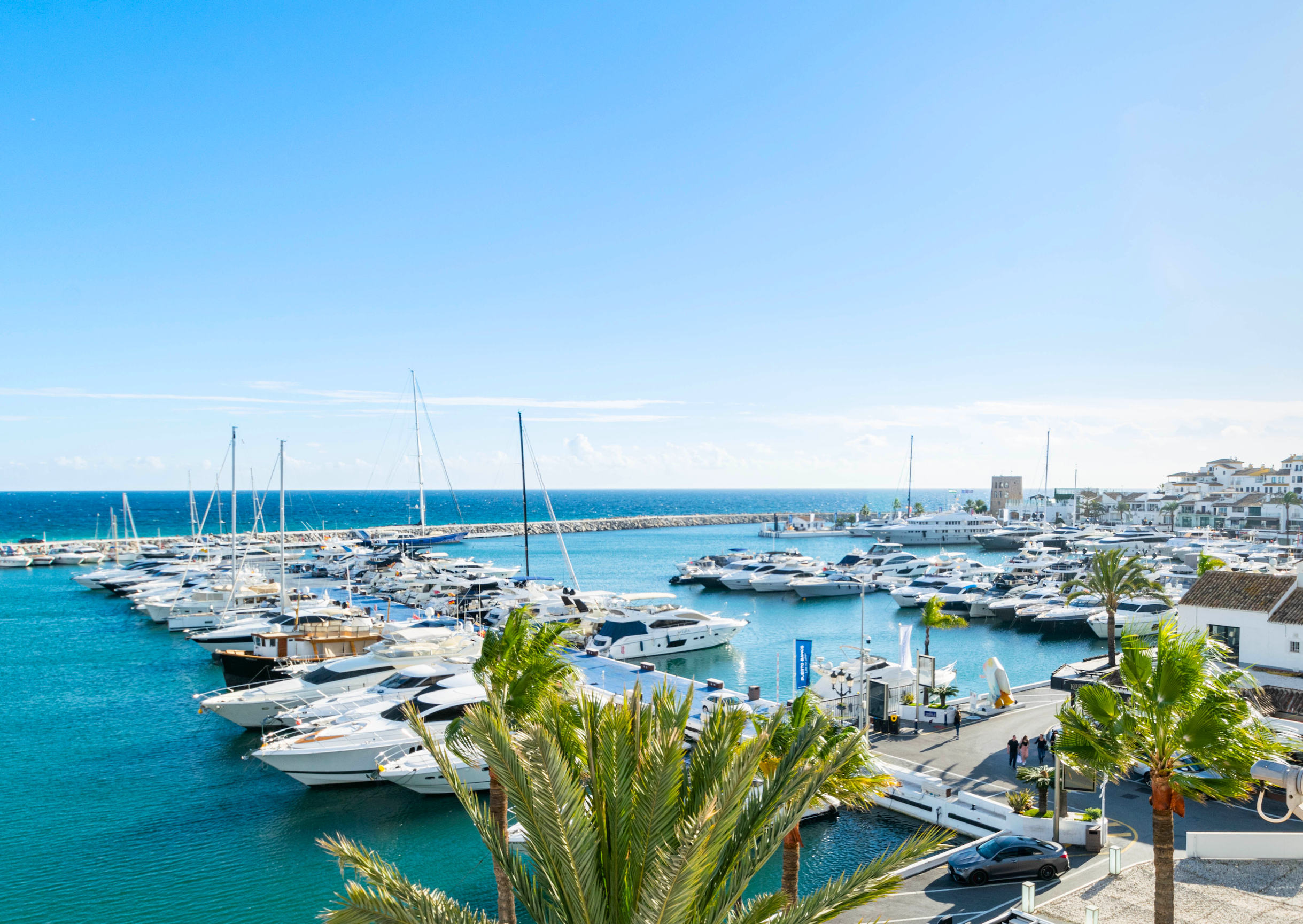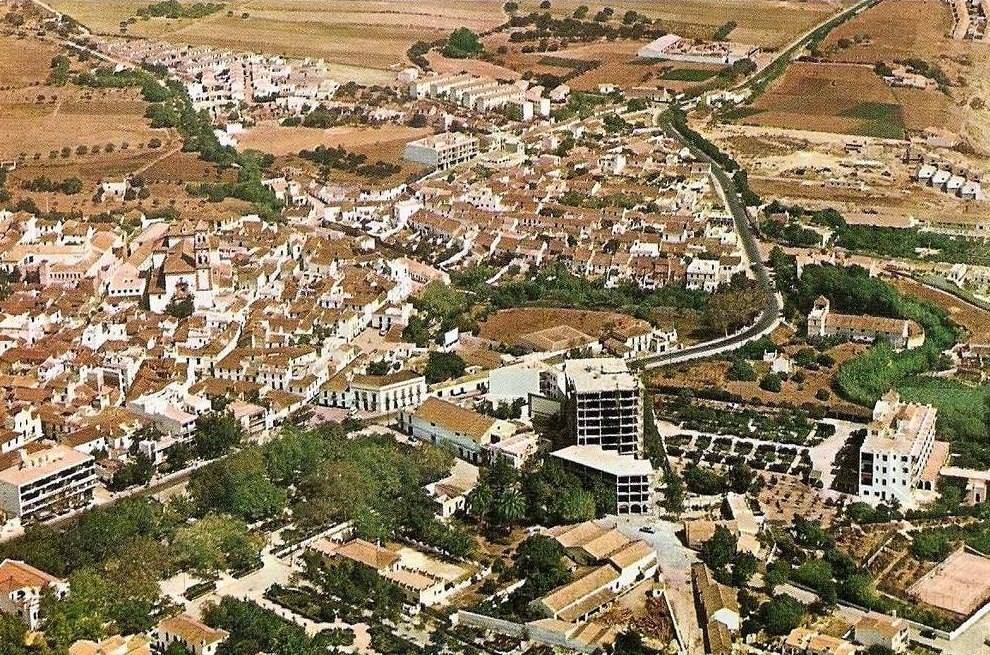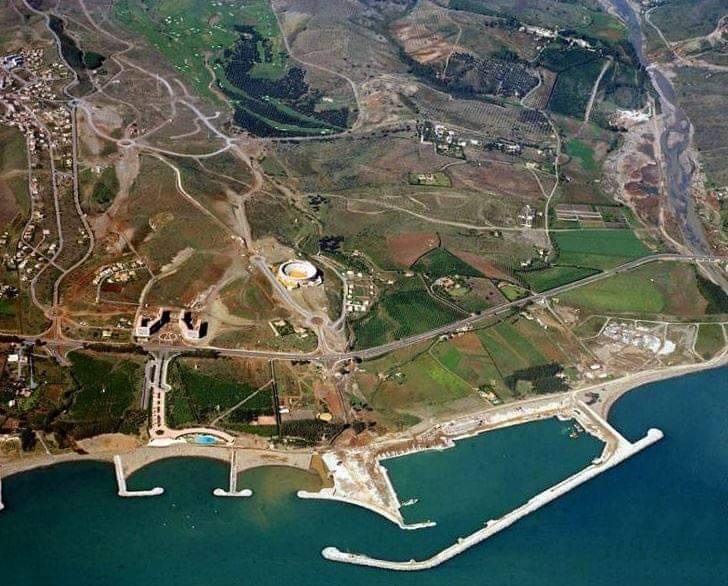“What began as a seaside village now anchors one of Spain’s most prized luxury markets — foreign buyers are a major force in Málaga province, accounting for roughly 27% of home purchases in recent quarters.” Cadena SER
Marbella is more than sun and sand. Today, it signals prestige, lifestyle and long-term value. But its rise didn’t happen overnight. It was a layered transformation, from ancient trading post to royal retreat, from humble fishing town to a modern haven for the wealthy. Here’s how that story unfolded, and what it means for buyers in 2025.

A longer look at Marbella’s history — layered, strategic, surprising
Marbella’s story begins well before yachts and beach clubs. Archaeological finds show human occupation here since prehistoric times, and later the area became part of the Mediterranean trade networks, with Phoenician and Roman presence leaving traces in the old town. That ancient seat of settlement, the casco antiguo, still carries stones reused across centuries.
Under Islamic rule, Marbella developed as a small but strategically placed coastal settlement, protected by fortifications and nourished by orchards and local trade. Its narrow streets and whitewashed houses reflect that era. Then came the slow shift of the 19th century: mines, modest industrial projects, and an agricultural backbone kept the town alive, but nothing about Marbella suggested global glamour.

Everything changed in the 1950s. Prince Alfonso von Hohenlohe turned his family’s Finca Santa Margarita into a private hideaway and, in 1954, opened the first chapter of what would become the legendary Marbella Club. That small hotel, and the social magnetism it created, pulled in European aristocracy, film stars and wealthy travellers. José Banús followed with Puerto Banús in 1970: a purpose-built marina that gave space for mega-yachts, designer boutiques and an international playground. Together, these projects created a pattern: private luxury anchored by discreet service and spectacular setting.

The 1970s–1990s saw steady consolidation: gated estates, championship golf courses and high-end hospitality. Marbella’s reputation as an exclusive coastal refuge became self-reinforcing; the more elite it became, the more infrastructure and services appeared to meet that demand. By the 2000s, the town had matured: a hybrid of historic charm and modern luxury, ready to appeal to a global audience.
Why Marbella means luxury today
- A unique combination of climate, landscape and access. The Costa del Sol‘s mild weather and long sunshine season remain a huge draw; the region promotes over 320 sunny days a year and a benign microclimate that supports outdoor living almost year-round.
- Cultural cachet born of history. The legacy of the Marbella Club and the creation of Puerto Banús gave the town an unmistakable social profile that persists, a string of high-quality hotels, private clubs and events that feed prestige and visitor demand.
- International demand and resilience. Málaga province has seen a sustained uptick in foreign purchases in recent quarters. This international demand is a structural feature of the market and helps sustain premium pricing in the best locations.
- A modern luxury palette. Today’s Marbella buyers expect much more than sea views: wellness suites, high-performance building systems, bespoke interiors and discreet security. The product has evolved to match a global appetite for comfort and privacy.
Who’s buying in 2025?
The profile is a mix: high-net-worth individuals who value privacy and location; entrepreneurs and remote professionals seeking lifestyle and connectivity; families drawn by international schools and healthcare; investors hunting stable, high-end assets with rental potential. This blend keeps Marbella both lively and selective; properties are homes, but they also act as global statements.
What sets Marbella homes apart in 2025
Architecture that blends old and new
You’ll find restored Andalusian villas beside contemporary, glass-fronted designs. The best properties respect local materials and landscape while offering modern engineering and finishes.
Smart, sustainable living as standard
Solar, water-saving systems, high insulation, and discreet home automation are now expected, not optional. Buyers factor running costs and environmental performance into value today.
At-home lifestyle amenities
Private gyms, spa suites, cinemas and bespoke outdoor living spaces are standard. Luxury here is about experiences delivered at home.
Privacy and security
Gated estates and secure enclaves remain favoured by families and international buyers who value discretion above all.
Durable value in a limited market
Marbella’s geography and planning constraints mean truly prime land is finite. That scarcity is key to the area’s long-term desirability.
Practical note for buyers (brief, sharp)
- Plan for medium- to long-term ownership, Marbella rewards patience.
- Prioritise trusted local advisers for legal, tax and planning matters. Registrars and national statistics show the market is active; good advice keeps you on the right side of both value and regulation.
Conclusion
Marbella’s journey — from ancient settlement to a 21st-century luxury hub — is a study in how place, people and planning create prestige. That prestige is both visible and practical: it shapes services, property design and demand. For buyers who value lifestyle and long-term value, Marbella is not just a destination. It’s a statement.